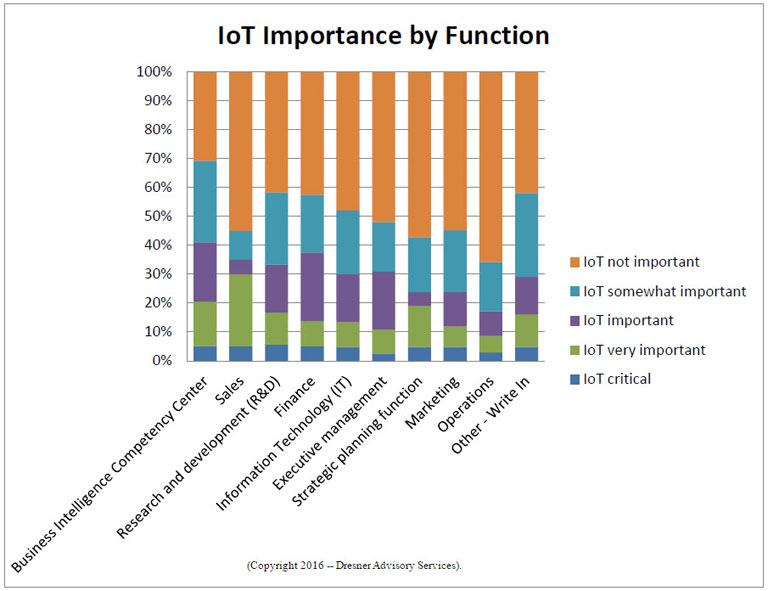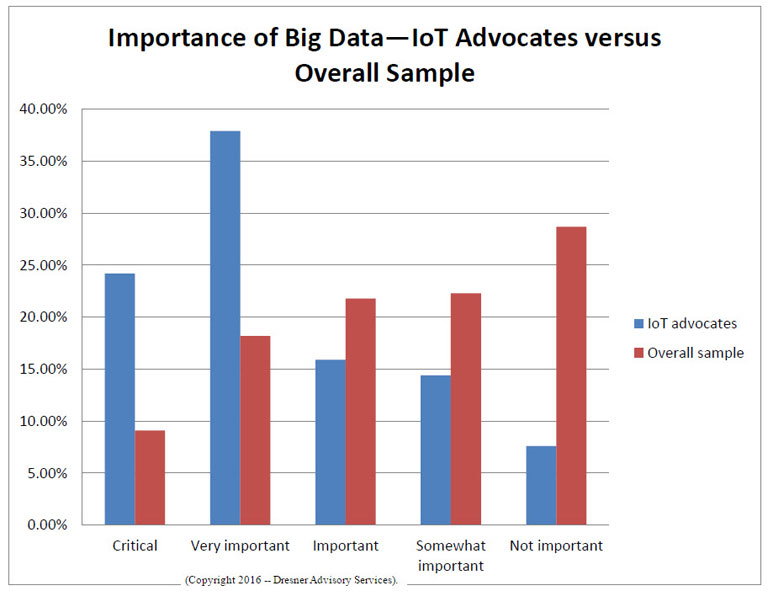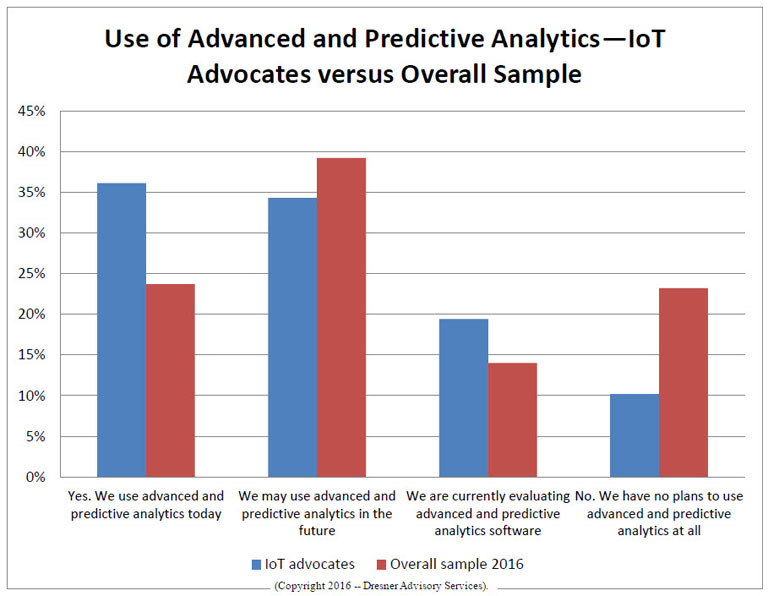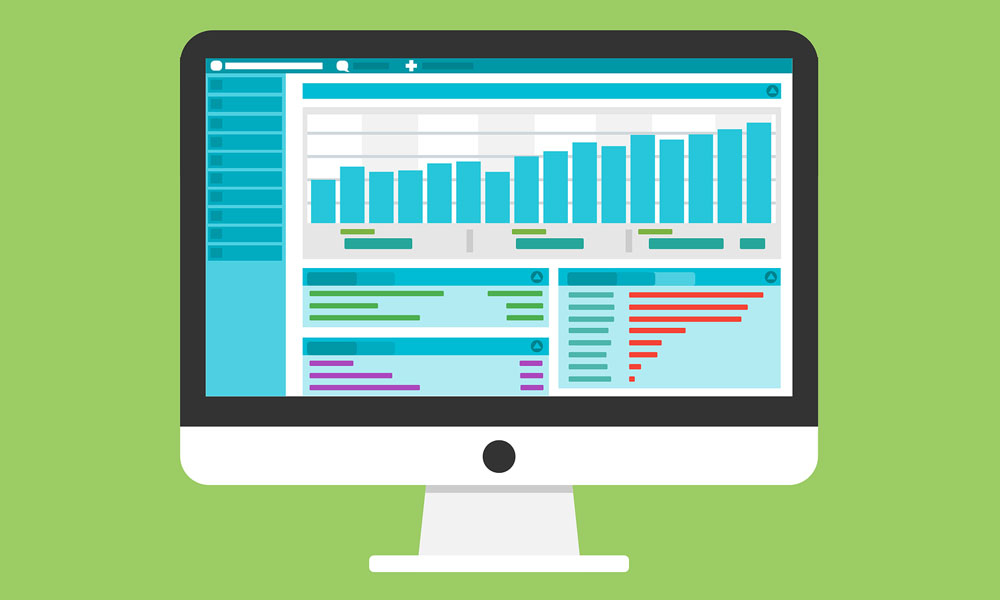 By Jürgen Backhaus, Senior BI Consultant at Stellar
By Jürgen Backhaus, Senior BI Consultant at Stellar
In Part 1, I wrote about some of the security and privacy risks associated with the Internet of Things, and introduced a few ideas to address these concerns.
What else can be done to improve IoT security, besides making the devices that are part of the network more secure?
Obviously we need to consider the network itself and where the data is stored. We already transfer enormous amounts of sensitive data via the internet and store it in the cloud, so those parts of the system are robust.
What, then, can help us to know if an IoT device is being attacked?
This is where I think Business Intelligence comes in. Surely BI will have a major role to play in all things data and IoT, because the amount of data collected by the new devices will be huge. Once each data point serves its immediate purpose (e.g. a temperature reading of a certain machine is within tolerance or not) it gets stored. Then chunks of data get analysed to identify trends, patterns or anomalies which feed into problem-solving or support business decisions.
A recent study by Dresner Advisory Services on the Internet of Things and Business Intelligence found that people working in BI were the most likely to regard IoT as important.

From another perspective, companies considered to be “IoT Advocates” were more likely than others to see value in Big Data.

The way to handle Big Data is of course with the appropriate BI strategy. The study even found that for many IoT advocates, IoT is a justification to invest into big data analytics and architectures.
But back to security: How can BI help to identify whether an IoT device has been compromised? Is there anything in the data that could help us know when something sinister is happening or even help to prevent it from happening?
What is needed is Real-Time BI, taking operational data from a potentially huge number of IoT devices, and analysing it in real time.
Major BI vendors, such as SAP and Microsoft, have their own real-time solutions, with some specialised in that area.
Often those Big Data solutions involve in-memory data processing or leverage the power of the cloud to handle data efficiently. Most solutions apply some forms of Data Science to “learn” about the data on the fly and to be able to generate predictions based on the current data.
Another key finding from the Dresner study is that IoT advocates are already using Predictive Analytics applications or are planning to do so in the near future:

With Predictive Analytics applied to real-time data, we have the potential to predict how the data will develop. This approach is already used in credit card fraud detection.
So we might not simply use Real-Time BI to know when something is happening to our devices that should be checked further. We may also use it to identify through predictive analysis the data patterns associated with malicious intent.
Of course, for the predictive algorithms to work, we need historical data. In our case we need instances where our devices’ security was breached.
With a technology as young as IoT it is hard to predict how quickly and to what extent it will be adopted in the private and commercial sectors but, sooner or later, it will have an impact on all of us.
Now is the time to take a step back and think about how the IoT will affect our lives and how we will safeguard our privacy and security.
As seen from the Dresner study, companies willing to invest in the IoT are highly likely to already have all the BI technology at hand. They just have to “connect” their BI with the IoT.




